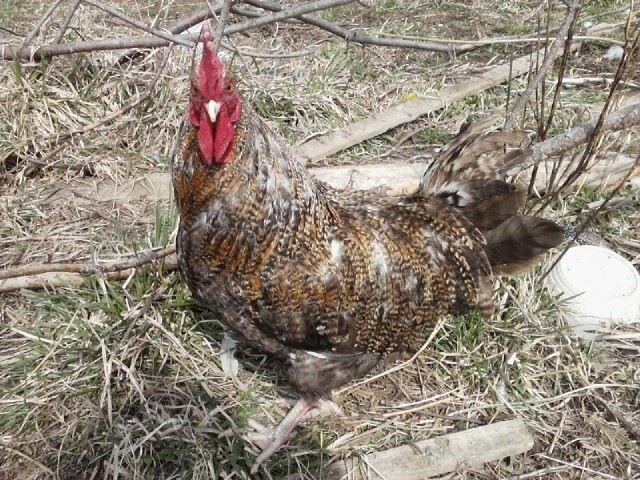I was having great hatches last year, but I think my brain was just fried to much until this year to get a good hatch. I had some horrible hatches. I also had a couple of 80% and 100% hatches, but most were just awful.
Chookschick gave me a link to her cheat sheet and that helped, but I don't know what's going on with fully formed chicks not hatching with the rest of the eggs. The first ones I ever hatched were shipped eggs and I was told to keep humidity in the 70's. I got a 50% There were 3 that formed and didn't hatch.
I had a shipment from a Davis flock that I tried to hatch out recently, but got zero. All the other breeds hatched. I followed the cheat sheet. Still I'm getting BCMs stuck.
Chookschick gave me a link to her cheat sheet and that helped, but I don't know what's going on with fully formed chicks not hatching with the rest of the eggs. The first ones I ever hatched were shipped eggs and I was told to keep humidity in the 70's. I got a 50% There were 3 that formed and didn't hatch.
I had a shipment from a Davis flock that I tried to hatch out recently, but got zero. All the other breeds hatched. I followed the cheat sheet. Still I'm getting BCMs stuck.


